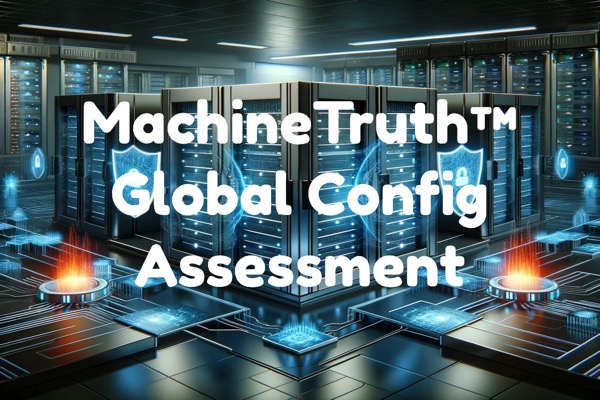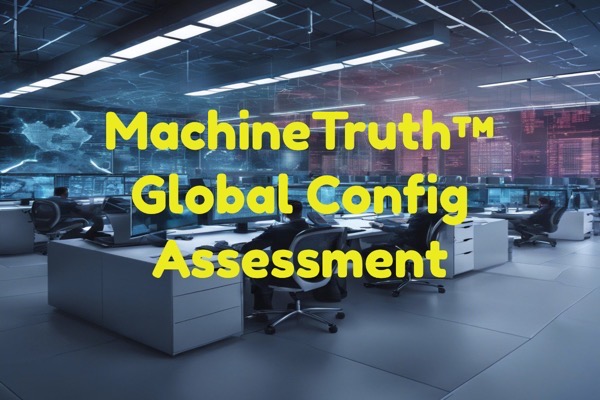Introduction
As cybersecurity professionals, log analysis is one of our most powerful tools in the fight against threats. By sifting through the vast troves of data generated by our systems, we can uncover the telltale signs of malicious activity. But with so much information to process, where do we even begin?
The key is to arm ourselves with well-crafted prompts that guide our investigations and help us zero in on the threats that matter most. In this post, we’ll explore three sample prompts you can use to supercharge your threat detection and log analysis efforts. So grab your magnifying glass, and let’s dive in!
Prompt 1: Detecting Unusual Login Activity
One common indicator of potential compromise is unusual login activity. Attackers frequently attempt to brute force their way into accounts or use stolen credentials. To spot this, try a prompt like:
Show me all failed login attempts from IP addresses that have not previously authenticated successfully to this system within the past 30 days. Include the source IP, account name, and timestamp.
This will bubble up login attempts coming from new and unfamiliar locations, which could represent an attacker trying to gain a foothold. You can further refine this by looking for excessive failed attempts to a single account or many failed attempts across numerous accounts from the same IP.
Prompt 2: Identifying Suspicious Process Execution
Attackers will often attempt to run malicious tools or scripts after compromising a system. You can find evidence of this by analyzing process execution logs with a prompt such as:
Show me all processes launched from temporary directories or user profile AppData directories. Include the process name, associated username, full command line, and timestamp.
Legitimate programs rarely run from these locations, so this can quickly spotlight suspicious activity. Pay special attention to scripting engines like PowerShell or command line utilities like PsExec being launched from unusual paths. Examine the full command line to understand what the process was attempting to do.
Prompt 3: Spotting Anomalous Network Traffic
Compromised systems frequently communicate with external command and control (C2) servers to receive instructions or exfiltrate data. To detect this, try running the following prompt against network connection logs:
Show me all outbound network connections to IP addresses outside of our organization’s controlled address space. Exclude known good IPs like software update servers. Include source and destination IPs, destination port, connection duration, and total bytes transferred.
Look for long-duration connections or large data transfers to previously unseen IP addresses, especially on non-standard ports. Correlating this with the associated process can help determine if the traffic is malicious or benign.
Conclusion
Effective prompts like these are the key to unlocking the full potential of your log data for threat detection. You can quickly identify the needle in the haystack by thoughtfully constructing queries that target common attack behaviors.
But this is just the beginning. As you dig into your findings, let each answer guide you to the next question. Pivot from one data point to the next to paint a complete picture and scope the full extent of any potential compromise.
Mastering the art of prompt crafting takes practice, but the effort pays dividends. Over time, you’ll develop a robust library of questions that can be reused and adapted to fit evolving needs. So stay curious, keep honing your skills, and happy hunting!
More Help?
Ready to take your threat detection and log analysis skills to the next level? The experts at MicroSolved are here to help. With decades of experience on the front lines of cybersecurity, we can work with you to develop custom prompts tailored to your unique environment and risk profile. We’ll also show you how to integrate these prompts into a comprehensive threat-hunting program that proactively identifies and mitigates risks before they impact your business. Be sure to start asking the right questions before an attack succeeds. Contact us today at info@microsolved.com to schedule a consultation and build your defenses for tomorrow’s threats.
* AI tools were used as a research assistant for this content.


